In our first blog on this topic we covered the pros and cons of Serato DJ Pro (by Serato Audio Research). In this second section we will discuss another widely used DJ software platform: Traktor (by Native Instruments); while in the final third section we will cover a relative newcomer to the field striving to make a significant impact: Rekordbox (by Pioneer DJ).
Getting back to the topic at hand, Traktor Pro 2, made by Native Instruments ($99) has, like Serato, won the praises of many DJs who favor the use of DJ software. Traktor’s first version was released in 2000, and was initially seen as an alternative to owning physical hardware. Nearly a decade later, Traktor has grown into its a platform similar to Serato, in the sense that it supports traditionally functioning Pro DJ Equipment; controllers, DVS and a whole lot more.
Traktor’s driver model is based on ASIO for PC, or Core Audio for Apple machines. This can be considered both a good and bad thing, as although this technically allows you to use another brand of soundcard, it doesn’t guarantee perfect operation, and it could theoretically take a lot more time to adjust and map the inputs and outputs correctly. (Note: DVS does require an NI interface to function.) That being said, if you know your way around your computer, it should be possible to get Traktor running without issue.
There are some key differences with Traktor versus others which some users find appealing, and comparatively, the cost tends to be lower for the NI-designed hardware which Traktor runs on. Although there are some rare third-party hardware units that have been developed exclusively for Traktor, the bulk of them are released via Native Instruments themselves. An example of this is the S4 controller, which is seen as the most widespread and popular controller from NI to date. While not the best 4 channel dj controller in terms of build quality, the S4 is more than capable at it’s $599.99 price point.
With functionality mostly matching that of Serato DJ Pro, many loyalists of the Traktor software will point out that Traktor’s expansive feature set was highly influential to Serato and other developers. Long before controllers were as common as they are now, NI’s vision for their software was to break out of the confines of traditional DJing to create a new type of performance – hence offering extremely granular MIDI implementation for 3rd party controllers. As a further result, even early versions of Traktor offered technical features like Sync and Beatgrids, which for some allowed for expanded potential.
To expand even further, in 2015, NI implemented Stems, a format that allowed for DJs to download special versions of music available through Beatport which allows for the DJ to deconstruct the elements of those tracks. Stems provide each element of a track separately, so that the performer can choose which of those elements are playing in a mix. One caveat, however, is that the use of stems really requires a controller, because the on-screen controls do not really allow for efficient and fast adjustments. Furthermore, the NI controllers are really the ones that make this easiest – specifically the S5, S8, and D2. F1 and S4 also support Stems mapping, but without built in screens and dedicated controls, it’s not as straightforward.
It should be noted that since NI has always championed the idea of reinventing the process of DJing, that a few of their controllers lack jog wheels and pitch faders altogether. Certainly if you’re a more traditional DJ, you can still use Traktor in a more traditional means. But, if you’re looking to push the limit on what is possible with DJing, Traktor will satisfy almost all of your ultra technical creative fantasies.
Traktor, while it might not have the industry standard appeal of Serato, is still a very capable package, and that’s the reason it has gained the acceptance in today’s market. Although it’s a bit more involved from a technical perspective, an afternoon or two of experimenting should make just about anyone comfortable. It also can interface with HID-capable Pioneer units, such as a Pioneer CDJ or Pioneer DJ Controller; which again provides a lot of flexibility for gigging.
Pros:
– Lower costs associated with NI controllers and interfaces
– Wealth of functionality for highly technical DJs wanting to explore the boundaries
– Stems functionality allows for live remixing
– ASIO and Core Audio support allows for 3rd party audio interfaces
– NI controllers offer perfect mappings for best integration with the software
– MIDI mappable for 3rd party controllers
– Works with Pioneer HID mode
– Waveform peaks for new tracks can be built immediately upon loading the track
Cons:
– 3rd party audio interfaces don’t work for DVS and might not offer expected performance
– A few functions are not available on NI’s controllers is available through MIDI
– Slightly higher learning curve
– Setup might not be as effortless as with Serato
– No video option


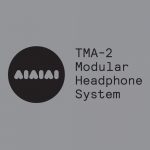
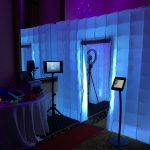


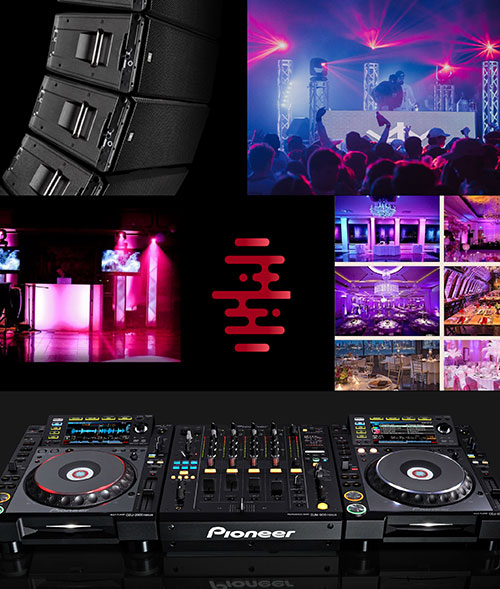




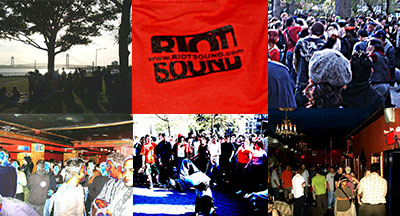
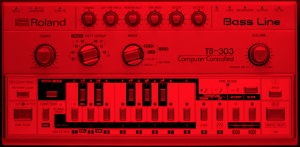

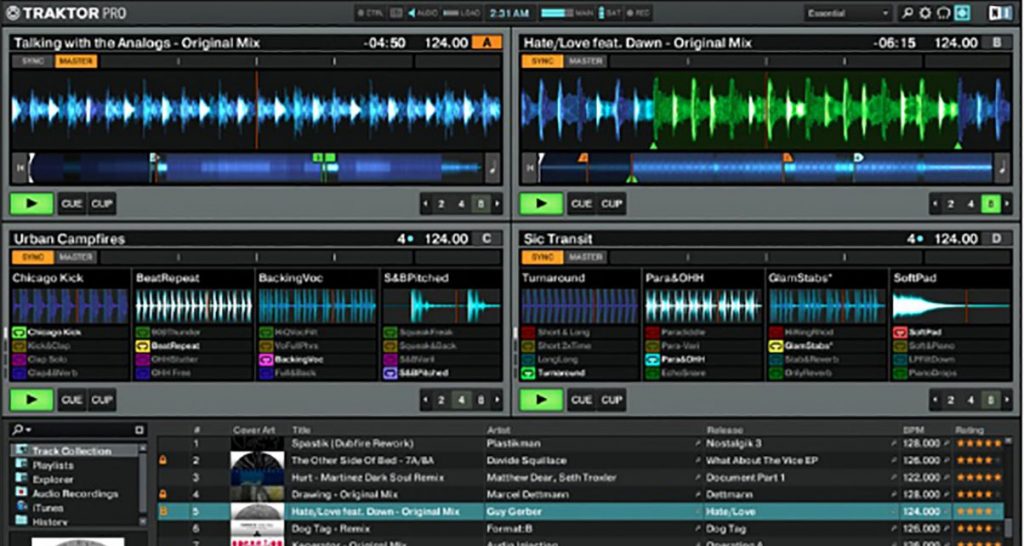
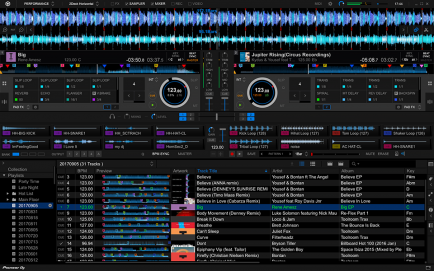
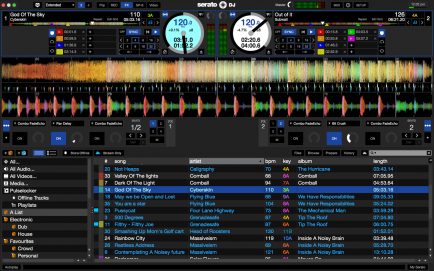
Comments